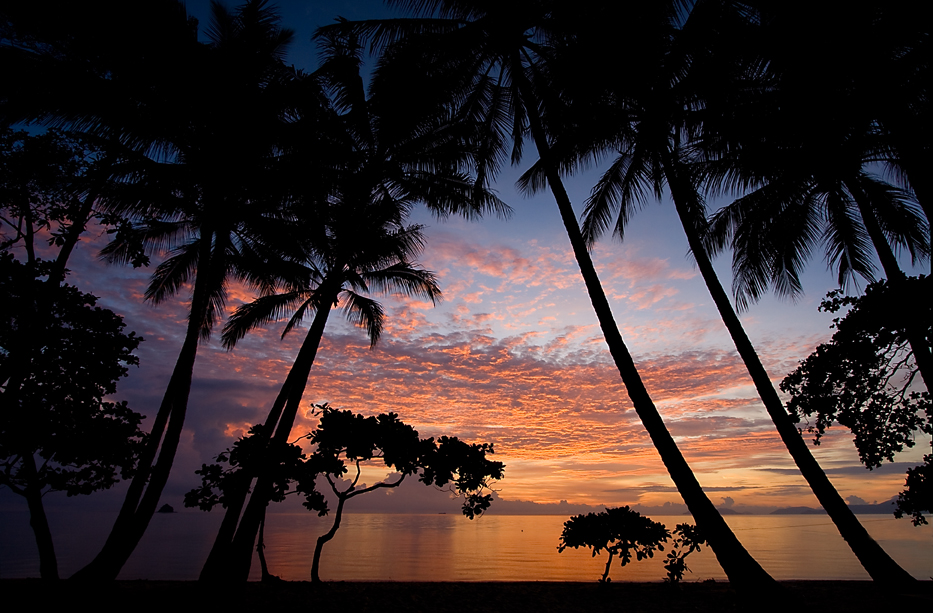'Knowing this country': Confronting the nuclear uncanny in Aboriginal life writing
Keywords:
nuclear uncanny, nuclear criticism, Jessie LennonAbstract
Nuclear phenomena have been described as ‘uncanny’ because they disrupt rationalist ways of understanding space and time, but also because they are sites for the return of a variety of cultural repressions. In this essay, I explore an Australian instance of nuclear uncanniness—the ‘black mist’ that followed the first nuclear trial at Emu Field, South Australia, in 1953—through a work of life writing by witness and Anangu woman Jessie Lennon. I find that I’m the One that Know this Country! (2000) offers an Anangu critique of the nuclear uncanny, in which the various disruptions of the nuclear age are revealed to be part and parcel of the processes of colonisation. The work of life writing itself is the means for the Aboriginal survival of the nuclear apocalypse and its associated epistemological upheaval, structured around Lennon’s authorial position as ‘the one who knows this country.’
References
Australian Indigenous Biography Archive. ‘Lennon, Jessie (1926—?)’. National Centre of Biography, Australian National University. Accessed 26 November 2020: http://ia.anu.edu.au/biography/lennon-jessie-17802
Ball, Robert. ‘A “Devil Spirit” that Didn’t Go’. The Advertiser [Adelaide], 3 May 1980: 1.
Ball, Robert, David English and Peter de Ionno. ‘A “Black Mist” that Brought Death’. The Advertiser [Adelaide], 3 May 1980: 1.
Born, Max. The Born-Einstein Letters. New York: Macmillan Press, 1971.
Brewster, Anne. Reading Aboriginal Women’s Life Stories. Sydney: Sydney University Press, 2016.
Clarke, Philip A. ‘Indigenous Spirit and Ghost Folklore of “Settled” Australia’. Folklore 118.2 (2007): 141-161.
Cross, Roger. ‘British Nuclear Tests and the Indigenous People of Australia’. In Frank Barnaby et al. (eds.), The British Nuclear Weapons Program, 1952-2002. Taylor and Francis e-library, 2005 [2003].
Cross, Roger and Avon Hudson. Beyond Belief: The British Bomb Tests: Australia’s Veteran’s Speak Out. Kent Town, S.A.: Wakefield Press, 2005.
Crouch, David. ‘National Hauntings: the architecture of Australian ghost stories’. Journal of the Association for the Study of Australian Literature. Special Issue: Spectres, Screens, Shadows, Mirrors (2007): 94-105.
Cumpston, Nici. ‘The Kulata Tjuta Project’. In Tarnanthi: Festival of Contemporary Aboriginal and Torres Strait Islander Art. Adelaide: Art Gallery of South Australia, 2017.
Derrida, Jacques, Catherine Porter, Philip Lewis. ‘No Apocalypse, Not Now (Full Speed Ahead, Seven Missiles, Seven Missives)’. Diacritics 14.2 (Summer 1984): 20-31.
Eames, G. M. and A. C. Collect. ‘Preliminary submission on behalf of the Aboriginal people’. Exhibit tendered before the Royal Commission into British Nuclear Tests in Australia, presented 2 October 1984, Sydney. Item AB1, Series A6455, National Archives of Australia, Canberra.
Freud, Sigmund. ‘The “Uncanny”’. In James Strachey (ed.) The Standard Edition of the Complete Psychological Works of Sigmund Freud, Vol XVII (1917-1919): An Infantile Neurosis and Other Works. London: Hogarth Press, 1955.
Gelder, Ken and Jane Jacobs. Uncanny Australia: Sacredness and Identity in a Postcolonial Nation. Melbourne: Melbourne University Press, 1998.
Gibson, Ross. Seven Versions of an Australian Badland. St Lucia, Qld: University of Queensland Press, 2002.
Grossman, Michele. ‘When they write what we read: Unsettling Indigenous Australian life-writing’. Australian Humanities Review 39-40 (September 2006). Accessed 26 November 2020: http://australianhumanitiesreview.org/2006/09/01/when-they-write-what-we-read1-unsettling-indigenous-australian-life-writing/
Hurley, Jessica. ‘The Nuclear Uncanny in Oceania’. Commonwealth Essays and Studies 41.1 (2018): 95-105.
Kennedy, Rosanne. ‘Subversive Witnessing: Mediating Indigenous Testimony in Australian Cultural and Legal Institutions’. Women’s Studies Quarterly 36.1-2 (Spring/Summer 2008): 58-75.
Klein, Richard. ‘The Future of Nuclear Criticism’. Yale French Studies 77 (1990): 76-100.
Kuletz, Valerie. The Tainted Desert: Environmental Ruin in the American West. New York: Routledge, 1998.
-- . ‘The Movement for Environmental Justice in the Pacific Islands’. In Joni Adamson et al. (ed). The Environmental Justice Reader: Politics, Poetics and Pedagogy. Tucson: University of Arizona Press, 2002.
Lennon, Jessie. I’m the One that Know this Country! The story of Jessie Lennon and Coober Pedy. Ed. Michele Madigan. Canberra: Aboriginal Studies Press, 2000.
Lennon, Lallie (with Michele Madigan and Paul J. Langley). The black mist and its aftermath: oral histories. Public Domain Edition, 2010. Accessed 26 November 2020: https://blackmistaftermath.wordpress.com/.
Lester, Yami. Yami: The Autobiography of Yami Lester. Alice Springs: Institute for Aboriginal Development, 2000.
Lifton, Robert Jay. Death in Life: Survivors of Hiroshima. Chapel Hill: North Carolina Press, 1991.
Maguire, Mark. ‘From The Nuclear Borderlands to the counter-terrorist state: an interview with Joseph P. Masco’. Social Anthropology 21.3 (2013): 389-402.
Masco, Joseph. The Nuclear Borderlands: The Manhattan Project in Post-Cold War New Mexico. Princeton, N. J.: Princeton University Press, 2006.
McClelland, James Robert, J. Fitch, W. J. A. Jones. The report of the Royal Commission into British Nuclear Tests in Australia: Conclusions and Recommendations. Canberra: Australian Government Publishing Service, 1985.
--. The Report of the Royal Commission into British Nuclear Tests in Australia: Volume One. Canberra: Australian Government Publishing Service, 1985.
Morton, P. Fire Across the Desert: Woomera and the Anglo-Australian Joint Project, 1946-1980. Canberra: Australian Government Publishing Service, 1989.
Saint-Amour, Paul K. ‘Bombing and the Symptom: Traumatic Earliness and the Nuclear Uncanny’. Diacritics 40.4 (Winter 2000): 59-82.
Spivak, Gayatri Chakravorty, Sarah Harasym (ed). The Post-Colonial Critic: Interviews, Strategies, Dialogues. London and New York: Routledge, 1988.
Tynan, Elizabeth. Atomic Thunder: The Maralinga Story. Sydney: NewSouth Publishing, 2016.
Van Toorn, Penny. Writing Never Arrives Naked: Early Aboriginal Cultures of Writing in Australia. Canberra: Aboriginal Studies Press, 2006.
Westad, Odd Arne. The Global Cold War. Cambridge: Cambridge University Press, 2007.
Whitlock, Gillian. Postcolonial Life Narratives: Testimonial Transactions. Oxford: Oxford University Press, 2015.
Downloads
Published
Issue
Section
License
The copyright for articles in this journal is retained by the author(s), with first publication rights granted to the journal. By virtue of their appearance in this open access journal, articles are free to use with proper attribution in educational and other non-commercial sectors.Attribution-NonCommercial-ShareAlike 2.1 Australia
This work is licensed under the Creative Commons Attribution-NonCommercial-ShareAlike 2.1 Australia License. To view a copy of this license, visit http://creativecommons.org/licenses/by-nc-sa/2.1/au/ or send a letter to Creative Commons, 543 Howard Street, 5th Floor, San Francisco, California, 94105, USA.

